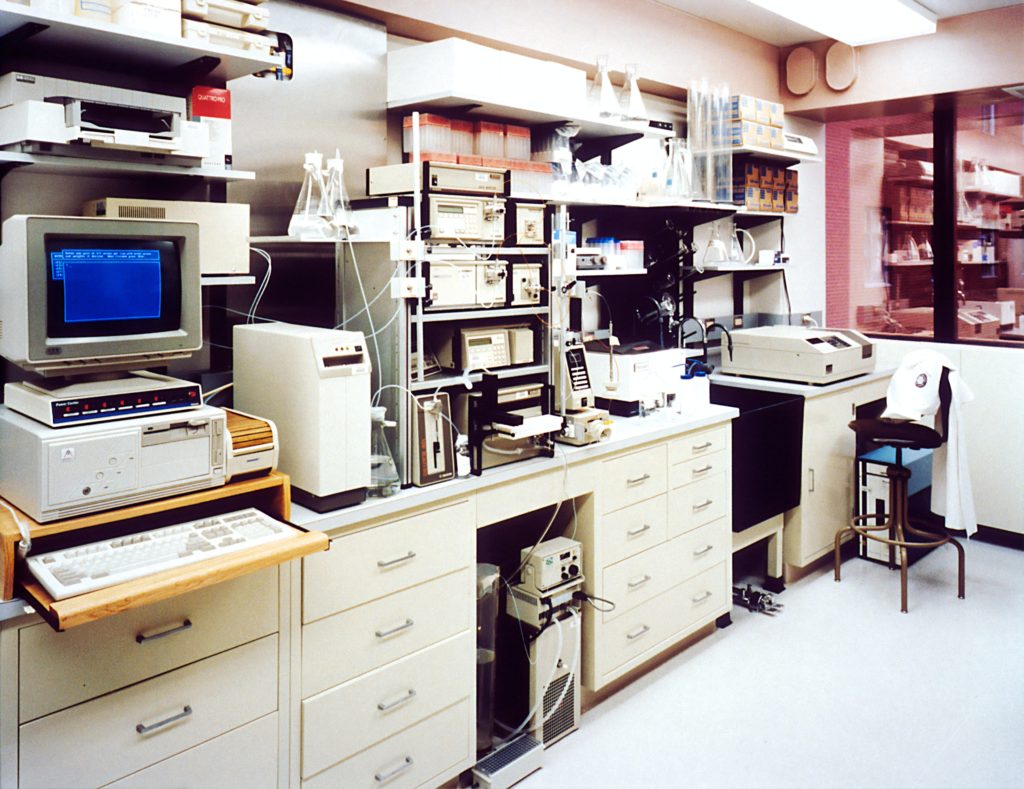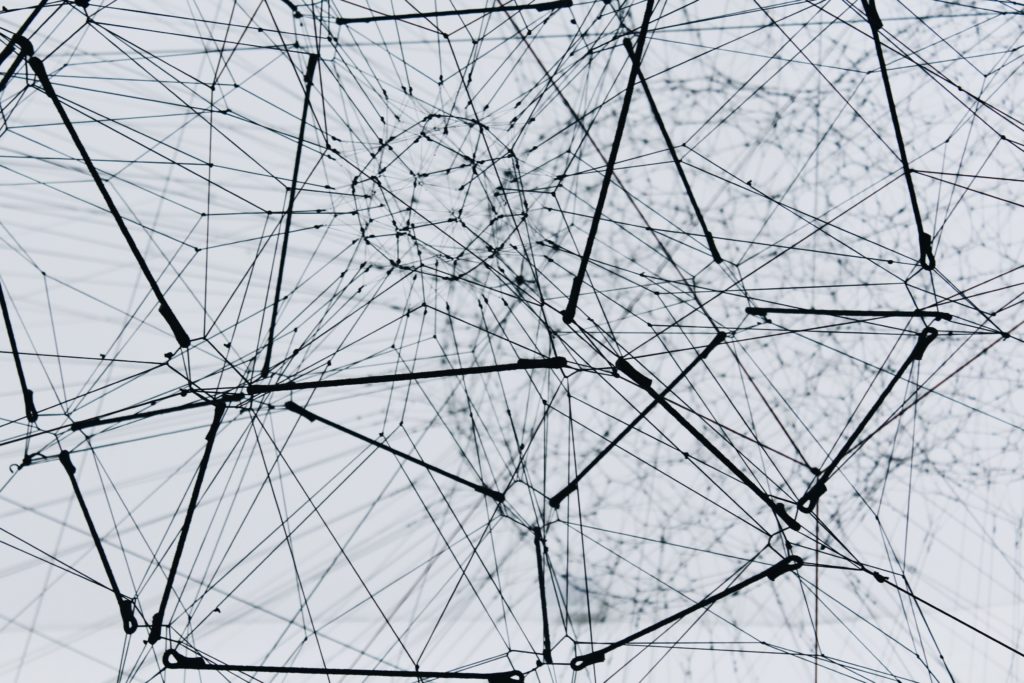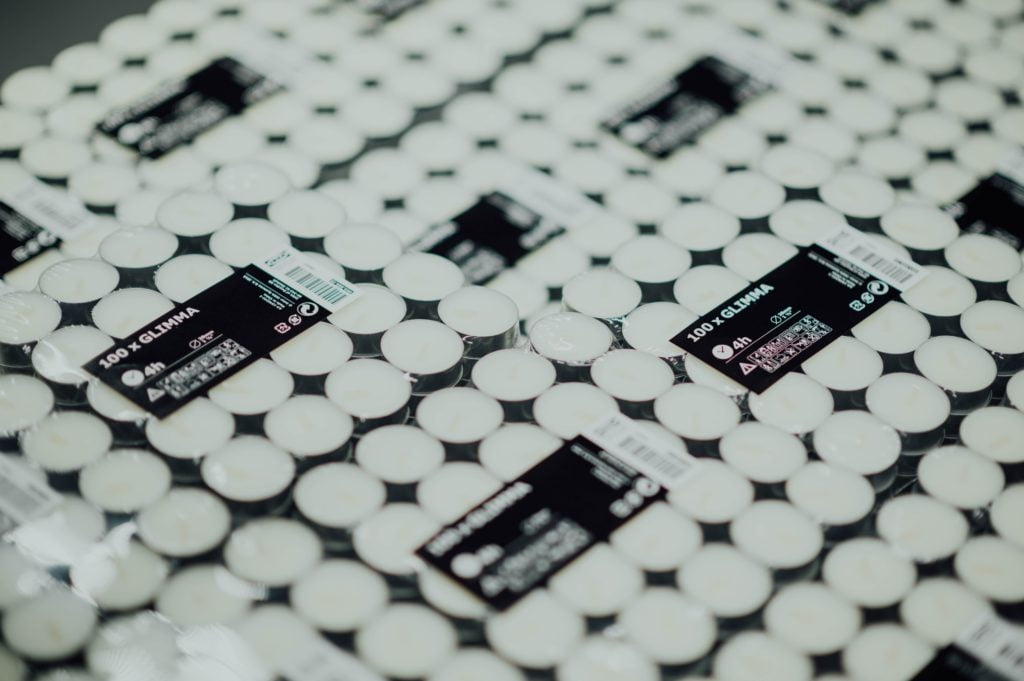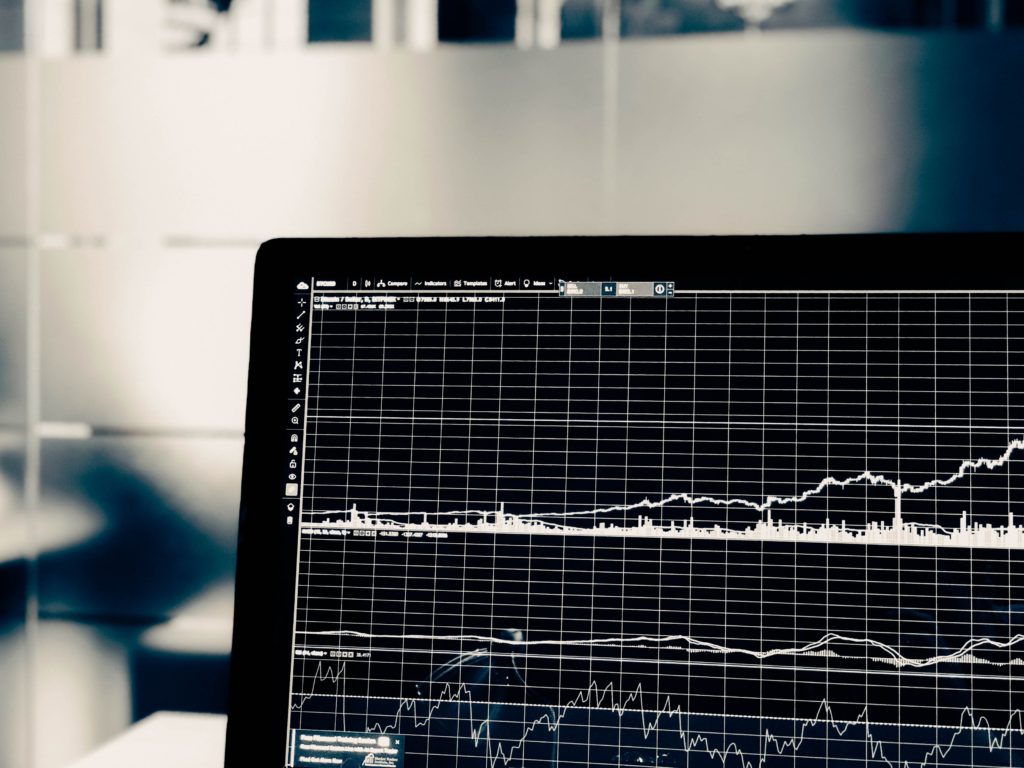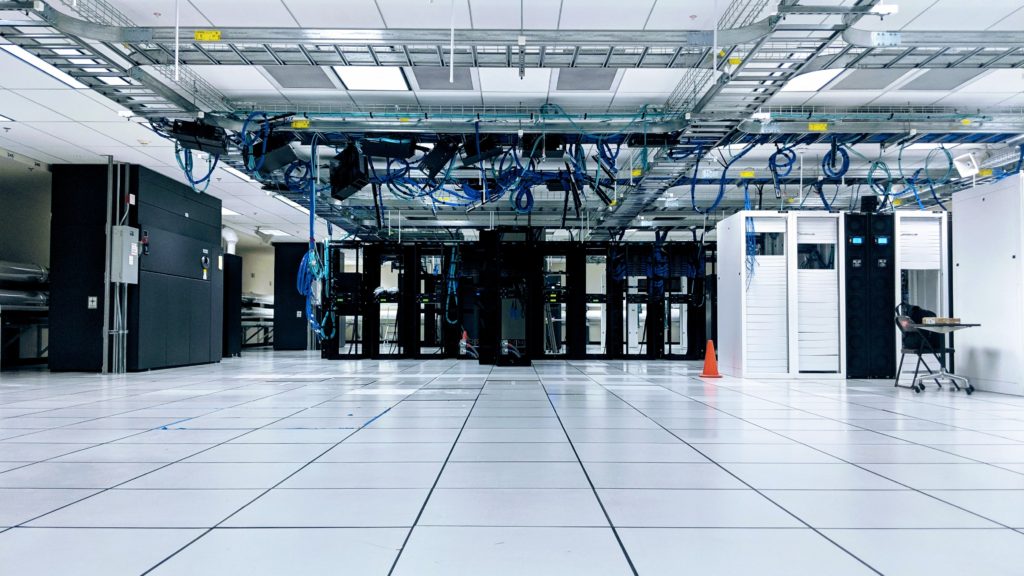Photo by National Cancer Institute on Unsplash
HealthCare has always been data-driven. Doctors always evaluate patients based on pointers like temperature, heart rate, and past health history that might have contributed to patient’s health.
There are many critical data points that the human body generates every second. Each of these data points if captured correctly can allow physicians to diagnose better, and can also alert the patient and the hospitals about deteriorating health conditions by predicting based on data points from the human body.
Health Data Points Human Body Generates
The human body itself can alone provide many data points that can aid diagnosis at the source. At the top level, there are ten key major points: Skin, Urine, Saliva, Sweat, Blood, Breath, Balance, Heartbeat, Movement, Brainwaves, and Temperature.

Each of these data points when captured correctly using industry-standard biosensors. Some of these data points require bulky setup around the body. However, with new inventions in bio-technology the size of each of these instruments is decreasing. The major reasons are the advancement in the sensors that are used to capture each of these health data points.
It is important to correctly and accurately capture these points. There are already FDA approved biosensors and portable devices that can not only capture these data point, but also post-process at the source. After post-processing the data along with preliminary diagnosis can be presented to patients along with authorized doctors and hospitals.
There are already solutions in the market to capture and analyze each of these human health data points at the source:
Tissue Analytics has an innovative solution to capture the image of skin wounds and then sending it for diagnosis helps patients in understanding the severity of the skin related issue
Healthy provides clinically-validated digital urine analysis. With the help of strips and smartphone, one can perform primarily urine analysis at home
23andMe provides saliva-based DNA genetic testing and analysis unlocks a lot of data points related to health and ancestry
Glooko has developed a mobile app that allows blood data logging at source and is also compatible with many diabetics devices. The data captured then can be shared with an authorized care team to provide better diagnosis
Keyto provides breath sensor devices that can help people keep track of the ketogenic diet
Zanthion developed balance sensor-based balance and detection solution, which can automatically alert authorities in case of severe falls
Cardiac Insight manufacturers portable devices that can collect heartbeat information to monitor cardiac activity real-time
Fjuul makes use of mobile sensors to provide movement-related data points. Such data is vital to understand fitness and gauge health issues. This data point then can also be used by insurance providers to adjust premiums
BrainCo has a kit that can be worn around the head to capture brainwaves to provide EEG data points
Kinsa developed portable devices to keep track of body temperature, which can then be logged into a mobile app
Future Health Data Points Will Have To Be Connected
There is no question that healthcare has embraced technology and with more data, and computer-intensive systems, it is only going to get beneficial for healthcare research.
However, the buck doesn’t stop here: It is not viable to expect patients to have ten different devices and apps to ensure full body continuous monitoring. Without a connected smart integrated health monitoring system, it is not possible to capture all the human body data points. Every health activity in the body is providing vital sings for future health issues.

Post COVID-19, the next big thing for healthcare is to enable continuous monitoring to take pro-active measures.
To achieve true continuous monitoring, it is critical to first connect all the possible health data points that patient’s body generates. Then, the second task is to interface individual data from all possible patient population. These two infrastructure when combined together will enable prediction of not only outbreaks like COVID-19, but will also provide information about how patients from specific age groups differ in terms of health activities.
Such data when used for good, can unleash endless opportunities.
In short, connected continuous monitoring means:
- Single smart health wearable device that can capture all the ten major data points for all the population possible
- Connecting patients data with research data, genetics, pharmacy, health insurance providers, labs, and medical Record for continuous monitoring
- Storing, analyzing and presenting results to ensure pro-active actions
- All done securely on privacy backed infrastructure
Continuously Connected Smart And Securely Driven Technology Infrastructure For DataCare Is The Future Of HealthCare
Prof. John A. Rogers and his group at Northwestern University has been at the fore-front of wearable technology for health care. They have also developed solutions around COVID-19 to continuously monitor and predict symptoms.
